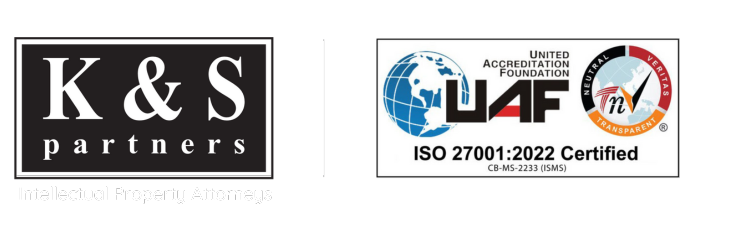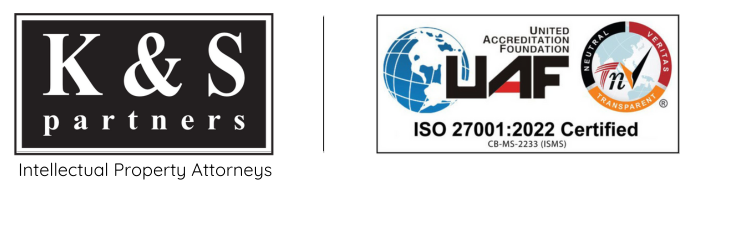An appeal filed by Raytheon Company (Raytheon) challenged an impugned order dated Oct 17, 2019, issued against its Indian patent application for a method of scheduling in a high-performance computing system. The impugned order refused the grant of Raytheon’s patent application on the grounds of “lack of inventive step” and “non-patentability” under section 3(k) of the Indian Patents Act, 1970.
The Assistant Controller of Patents and Designs (Controller) relied on the following test indicators while deciding on the ground of non-patentability under section 3(k) of the Act:
- Properly construe the claim and identify the actual contribution;
- If the contribution lies only in mathematical method, business method or algorithm, deny the claim; and
- If the contribution lies in the field of computer programmes, check whether it is claimed in conjunction with novel hardware and proceed to other steps to determine patentability concerning the invention.

A person working in relation to innovation
Based on these test indicators, Raytheon’s patent application was declared solely as software, without having any novel hardware, and that the processor executed programme/algorithm in a conventional manner. Hence, the contribution of Raytheon’s patent application was declared as a non-patentable subject matter, and a grant of patent was refused.
Dissatisfied with the Controller’s decision, Raytheon appealed before the erstwhile Intellectual Property Appellate Board (IPAB). However, with IPAB’s dissolution in April 2021, the case was transferred to the Intellectual Property Division (IPD) of the Delhi High Court.
The appeal contended that:
- The Controller made a fundamental error of following test indicators of outdated Computer Related Invention (CRI) guidelines of 2016 while deciding merit of the Raytheon’s patent application on the ground of “Non-patentability u/s 3(k)” instead of following the updated CRI guidelines of 2017.
- The Controller wrongfully refused Raytheon’s patent application on the grounds of “lack of inventive step” without considering Raytheon’s arguments.
Based on Raytheon’s contention, the Court analyzed the impugned order and observed that the Controller had indeed tested patentability based on the presence of novel hardware but not on the technical contribution of the invention disclosed in Raytheon’s patent application.
Referring to the updated CRI guidelines of 2017 that stated “Claims which are directed towards computer programme per se are excluded from patentability” [Section 4.5.4], the Court reaffirmed that the to ensure that only computer programmes “as such” are not granted but genuine inventions which are developed based on computer programmes should not be refused patents if they contain certain other things, ancillary thereto or developed thereon. Further, the court ruled that the Controller’s focus should be on the substance of the claims and not on form or presentation. The Court further referred to the interpretation of section 3(k) in the judgments from Ferid Allani v Union of India (Ferid Allani) and Microsoft Technology Licensing v Assistant Controller of Patents and Designs (Microsoft) and clarified that in the case of CRIs, the technical effect of the invention is what needs to be examined and not to insist on a novel hardware requirement.
Relying mainly on the updated CRI guidelines of 2017 and well-settled interpretation of 3(k) in the cases of Ferid Allani and Microsoft, the Court declared that the Indian Patent Office (IPO) was in error as it failed to examine the patentability of the invention based on the underlying subject matter and the technical contribution of the invention, and thereby set aside the impugned order. Keeping in mind the time elapsed since the filing date of Raytheon’s patent application, the Court directed the IPO to re-examine and dispose the Raytheon’s patent application within three months from the date of the Court’s order.
By emphasizing the significance of an invention’s technical contribution or technical effect over the mere presence of novel hardware, the Court has provided clearer guidance for CRI-related patent evaluations. This reaffirmation of focus is likely to have a profound impact on software-centric innovations, ensuring that genuine technical advancements receive the patent protection they deserve, without insisting upon the requirement of novel hardware. As a result, applicants’ can now approach the IPO with greater clarity and confidence, knowing that their software inventions will be assessed based on technical merits by following the latest CRI guidelines rather than expecting innovation on hardware systems which is nothing but a higher standard that has no basis in the patent law.

